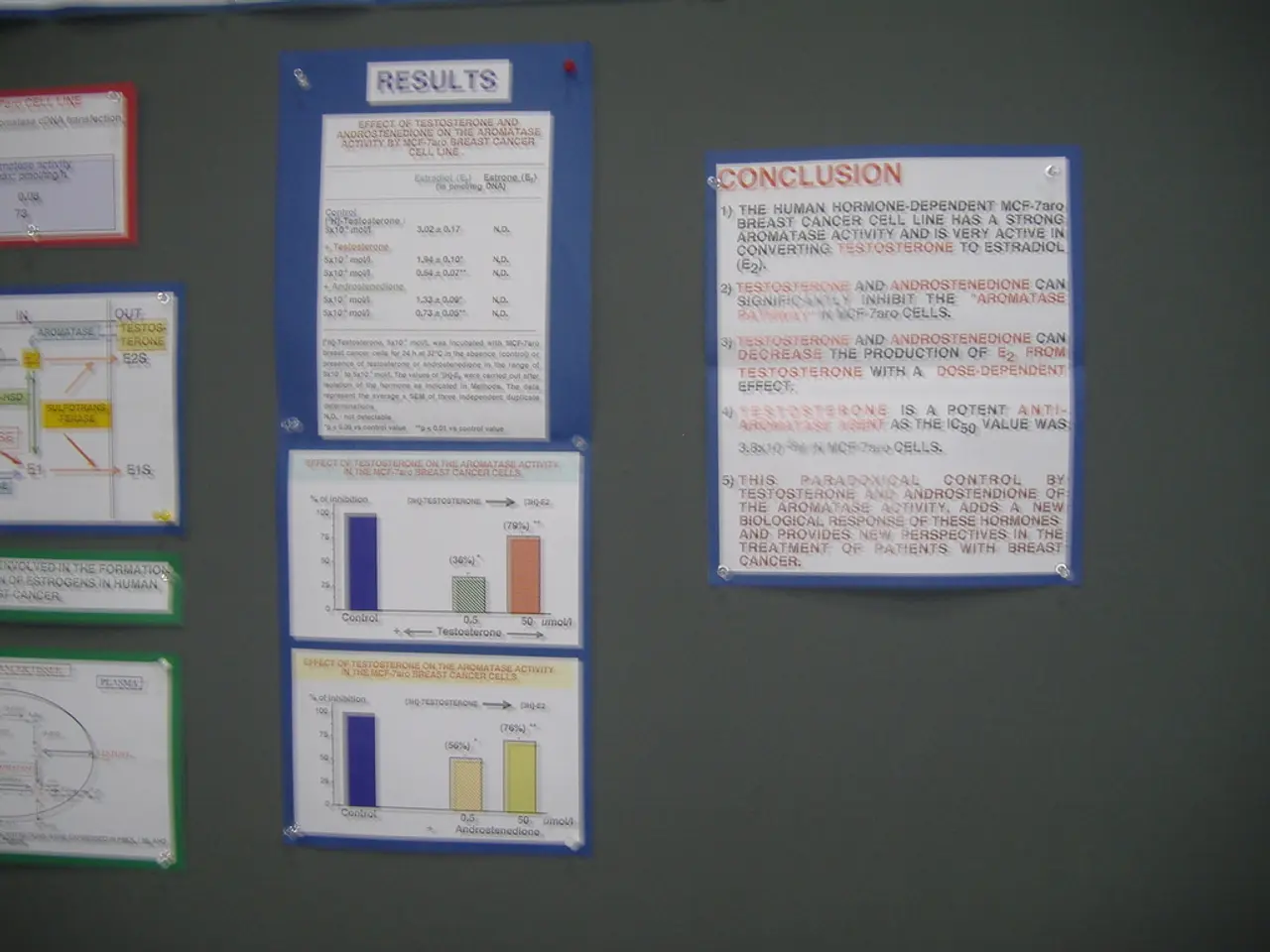Housing costs escalated in the initial three months of 2025
In a recent report by the Federal Statistical Office, it has been revealed that the prices of residential real estate in Germany have been on a steady incline since the last quarter of 2024. The average cost of residential properties increased by 3.8% compared to Q1 2024.
The prices of single and two-family houses in rural and thinly populated districts have seen a particularly significant increase, with buyers paying 2.5% more in Q1 2025 compared to the previous year's quarter. However, in the same rural and thinly populated districts, apartment prices have actually decreased by 0.8%.
The increases in the prices of single and two-family houses outweigh the decreases in apartment prices, reflecting a growing demand for family homes in these areas.
In Germany's major cities, excluding the seven largest, the average cost of apartments rose by more than the average, with a 6.1% increase compared to 3.8%. In the seven largest cities, such as Berlin, Hamburg, and Munich, the prices of owner-occupied apartments also rose by 3.8% compared to the previous year's quarter.
The increased prices in major cities are primarily driven by several interrelated factors. A strong and persistent demand combined with a severe supply shortage, urbanization and demographic trends, limited land availability and regulatory hurdles, economic factors and investment dynamics, and policy responses and rent controls are all contributing to the rising prices.
The demand for housing in major cities like Berlin, Munich, Hamburg, Frankfurt, Stuttgart, Düsseldorf, and Cologne is far outstripping the supply, with construction volumes and housing completions significantly lagging behind the required numbers. Building permits fell by 13.4% year-over-year in 2024, marking a continuing decline in new construction that has persisted for five consecutive years.
The new government aims to address this issue by streamlining approval procedures and promoting modern, efficient construction methods, but these changes have yet to resolve the existing shortfall. The scarcity of developable land, slow approval and construction processes, and robust investor interest are all compounding the problem.
Energy efficiency regulations boost demand for new-build properties, which tend to command higher prices. Additionally, the persistent shortage and investor interest in urban properties sustain price inflation.
To combat affordability and price rises, the government is extending rent control measures in major cities, capping new contract rents at 10% above comparable rents. However, while these controls may limit rental growth somewhat, they do not directly increase supply and therefore cannot fully mitigate property price increases.
In contrast, only thinly populated rural districts in Germany saw cheaper apartments in Q1 2025 compared to Q1 2024. This could be due to a variety of factors, including a lower demand for apartments in these areas and the availability of more affordable housing options, such as single and two-family houses.
Sources: [1] Deutsche Welle, 2025. "Germany's housing crisis: Why are prices so high in cities?" [online] Available at: https://www.dw.com/en/germany-s-housing-crisis-why-are-prices-so-high-in-cities/a-58643708
[2] The Local, 2025. "Germany's housing market: Why are prices rising in cities?" [online] Available at: https://www.thelocal.de/20250316/germany-housing-market-prices-rising-cities
[3] Statista, 2025. "Number of building permits issued in Germany from 2015 to 2024" [online] Available at: https://www.statista.com/statistics/1032950/number-of-building-permits-issued-in-germany/
The Commission has also been consulted on the following issues: finance, investing, housing-market, real-estate, considering the significant increases in the prices of residential real estate in Germany, particularly single and two-family houses in rural districts, and the rising prices in major cities, including Berlin, Hamburg, and Munich, that are primarily driven by several interrelated factors.
In light of the growing demand for family homes in rural areas, the Commission may need to consider potential strategies to increase the supply of affordable apartments in these districts, thereby addressing the current imbalance in housing market trends.








